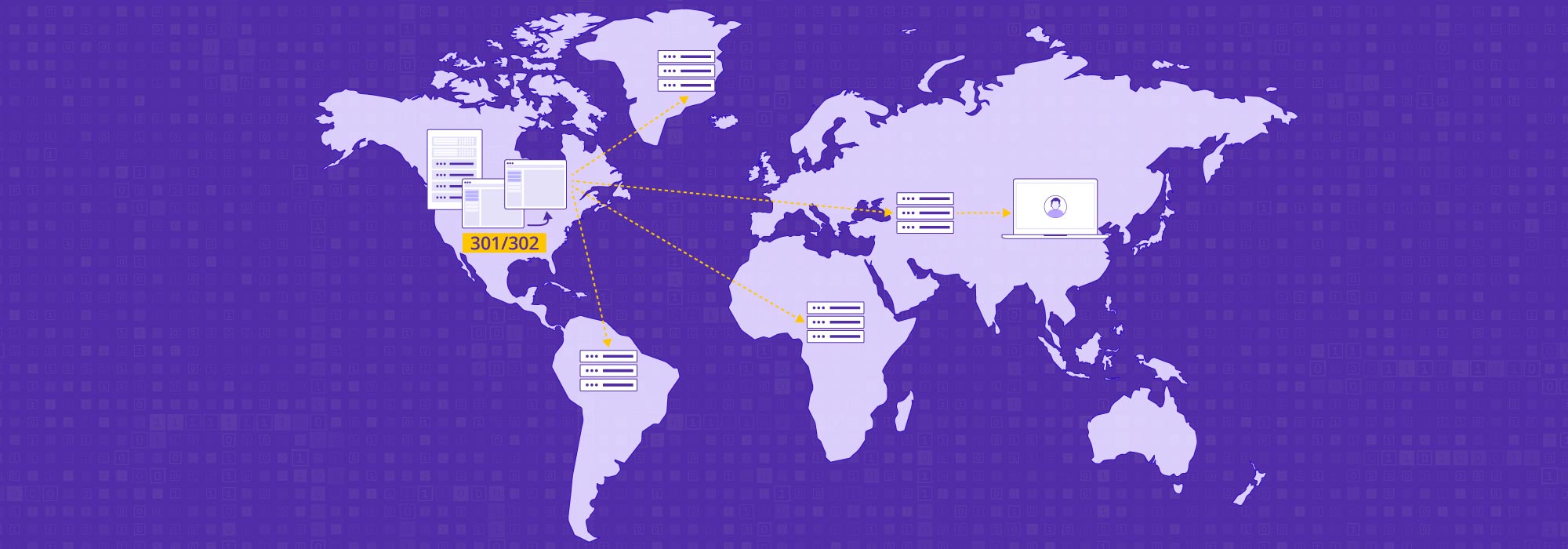Today, more businesses are turning to multimedia content to reach their audiences. There is also more video and audio content than ever, especially with the rise of streaming services.
But having access to good quality video does not guarantee audience reach for a business. They still need to deliver it to their audiences, and that too in a form that they can view in, without delays or interruptions and with a good quality experience.
This demands the need for a way for businesses to convert the media assets into a format that is suitable for audiences, and which can be delivered quickly at an optimum quality. This is where cloud transcoding is a powerful solution.
What is Cloud Transcoding?
Cloud transcoding is the process of converting media files from one format or resolution to another using cloud infrastructure and services provided by vendors with expertise in cloud computing. Transcoding refers to the conversion of media files to a different format. Cloud transcoding is typically used in video streaming services or content delivery networks (CDNs) to transcode the video file into multiple formats, resolutions, and bitrates, to accommodate a wide range of devices and network speeds. This helps broadcasters ensure that the content they create can be consumed in a format that is compatible with the devices, network and platforms used by their audience.
On-Premise Transcoding vs Cloud Transcoding
With on-premise transcoding, you will be responsible for setting up the hardware and software infrastructure for transcoding within your organization’s premises. The advantage of this approach is that you will have more control over the transcoding process, with the ability to manage and secure data locally. It can also result in lower latency and better performance, as the processing happens locally and not over the internet. Moreover, since the files don’t leave the local network, you will also benefit from greater security and control for sensitive media content.
But since you will be setting up everything yourself, it can be a more costly option, and it may also not be easily scalable if there is a sudden spike in demand or if you want to support your distributed teams in other regions. There will also be costs associated with the hardware, software and maintenance, not to mention the need for upgrades and replacement of equipment with the inevitable evolution of technology. Managing and maintaining the infrastructure also means you will need to set aside dedicated technical experts.
Cloud transcoding can offer more flexibility in this regard, as it involves software or services from cloud computing providers. It can also be more cost-effective since you only need to pay for what you use. Scaling and supporting distributed teams also becomes easier with cloud transcoding. Ultimately, the choice between the two models comes down to the specific needs of your business.
Who Needs Cloud Transcoding?
Cloud transcoding services are used in various industries such as entertainment, media, e-commerce, and education. They are also commonly used for live streaming, video-on-demand, and content delivery network (CDN) applications.
Benefits of Cloud Video Transcoding
There are numerous benefits for businesses to go with cloud-based video transcoding:
Compatibility With Live Streaming Devices
One of the main benefits of cloud video transcoding is that it can convert almost any video file into a format that is suitable for playback. The most common format for online video today is H.264, with AAC audio and in an MP4 container.
Adaptive Playback Capability
Cloud transcoding also helps you account for audiences who may be on a slow internet connection. Since their network may not be able to playback a large video file, cloud transcoding can employ what is known as adaptive playback or adaptive bitrate streaming in the case of streams. This automatically creates a version of your video that is compatible with the internet speeds of the end user viewing your video.
User-friendliness
Most cloud video transcoding services come with user-friendly dashboards and interfaces that make it intuitive for anyone to use. This can help them accomplish the transcoding tasks quickly and with little or no fuss.
User Experience & Productivity
Being able to transcode using the cloud means that your team can also enjoy a good user experience and stay productive. They can work on the transcoding remotely or from anywhere, as long as they are connected to the internet.
Improved Allocation of Resources
Cloud transcoding allows you to eliminate the cost of purchasing and maintaining hardware and software. Through cloud-based services, it allows you to pay only for what you use and also without the need for dedicating specialist technical staff to managing the process. The reliance on cloud-based services also means that the transcoding process is much faster, even for large media files. The end result is quick distribution and delivery of content to audiences.
Additionally, cloud transcoding also offers better capacity, as it uses massive data centers and is scalable to any possible peak load. The result is that you can keep costs reasonable, even if your peak processing requirements are high.
Enhanced Scalability
Scalability is one of the key benefits of cloud transcoding. Cloud transcoding services offer scalable infrastructure that can easily handle processing large volumes of media files. As the volume of media files to be transcoded increases, cloud transcoding services can automatically allocate additional computing resources to meet the demand.
Cost Efficient
Cloud video transcoding services typically offer flexible pricing models and pay-as-you-go options, so you only need to pay for the resources you use.
Global Delivery
Many cloud video transcoding services often include content delivery network (CDN) capabilities, which enable fast and efficient global delivery of media content. CDNs distribute media content across a network of servers located around the world, which can help reduce latency and ensure fast and reliable delivery of media content to users anywhere in the world.
Step-by-Step: Cloud Transcoding Implementation
So how do you go about implementing a cloud transcoding solution?Let’s take a VOD file for example. Here is a step-by-step guide you can follow with any general service that offers cloud video transcoding.
- Start with the business needs: Begin with what your business is trying to accomplish and figure out which media formats, resolutions and bitrates you will need to transcode to. Also estimate how many files you have, their sizes, the processing speed you desire and how much budget you will have.
- Pick a cloud transcoding vendor: Now, select a service provider after doing your research on the vendors. Make sure that the features you most desire are available from this vendor. Then sign up for their service and create an account.
- Upload your media files: Next, upload the media files you want transcoded to the cloud, either directly or through APIs or command-line tools for automated uploads that your provider may offer.
- Configure transcoding settings: You will need to configure the settings for transcoding your files, such as the output format, resolution, and bitrate.
- Submit your file: Next you need to submit the files for processing. Once this is done, monitor the progress of your transcoding jobs using the provided tools or interfaces.
- View or download your transcoded files: Once the transcoding is complete, view the files in user dashboard. You could also download or set up an automated delivery option through API or other ways
CDNetworks provides you with the smoothest cloud video transcoding services, with the Media Delivery solution. This service provides ultra-low latency streaming for both live broadcasting and video on demand. The cloud transcoding service allows for content to be pulled directly from CDNetworks Cloud Storage and an origin server to help you deliver high-quality video to a range of end users, at whatever device they’re streaming on.
Additionally, CDNetworks offers all-in-one enterprise-grade media solutions like Cloud VOD and Cloud Live, which include the highest-quality of cloud video transcoding technologies you need.
Cloud transcoding is an essential topic that broadcasters should understand and implement. In today’s hyper competitive market of video and live streaming, winning over viewers and keeping them happy can be the key to staying profitable. CDNetworks’ Cloud transcoding can help you do just that by reducing buffering and improving the quality of the experience.
If you are keen to implement cloud transcoding for live or on-demand video, get in touch with our team and we can help guide you through any technical questions you may have.


